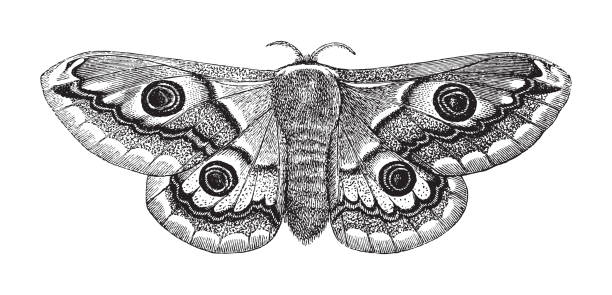What do the spots on the wings of butterflies and moths do?
The wings of butterflies and moths may be breathtakingly beautiful. More importantly, some have colorful and intricate designs that protect them from hungry predators. Many butterfly and moth species have evolved what appear to be additional eyes. These unusual wing patterns, known as eyespots, fake eyes, or false eyespots, appear in a broad range of colors and sizes. Eyespots can be found on both adults and larvae and are frequently distinct from the rest of the animal's wing patterns. The eye-catching marks are typically circular in shape and composed of concentric rings of contrasting colors.
Patterns frequently evolve to aid animals in hiding from predators, although eyespots typically increase visibility. However, their prominence shows that they are effective; the feature would not have spread so extensively if it was detrimental to the insect. Instead of completely stopping an assault, eyespots can be used to distract predators. The patterns urge an assailant to target non-essential areas of the insect's body, such as the margins of the wings.















